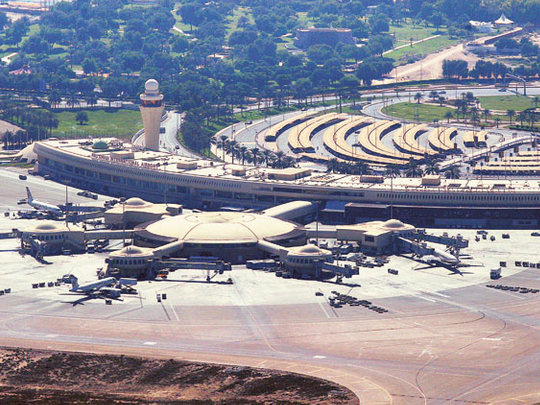
Dubai: Abu Dhabi International Airport, which is undergoing a Dh25 billion redevelopment plan, has handled 126 million passengers in 30 years since its inauguration on January 4, 1982.
The airport marks its 30th anniversary today.
Having been based in Al Bateen since 1969, Abu Dhabi International Airport started operations at its current location 38 km outside Abu Dhabi city in 1982. Terminal 1 covered 5,200 square metres and catered to three million passengers per year, which was later increased to five million passengers when Terminal 1A was opened.
Khalifa Al Mazroui, Chairman of Abu Dhabi Airports Company, said: "The emirate of Abu Dhabi has experienced remarkable development in this short period of time, with Abu Dhabi International Airport being a vital part of the capital's growth.
"Already established as a major international hub for travellers around the globe, Abu Dhabi International Airport is committed to further developing into a leading airport in the region, and a key contributor to the Abu Dhabi 2030 vision of economic diversification."
The past 30 years have been particularly successful for the airport in terms of airline and infrastructure developments.
Etihad Airways launched in 2003 and was named the national carrier of the UAE. Terminal 2 opened in 2005 with a passenger capacity of two million passengers per year. Four years later in 2009, Terminal 3 opened, providing Etihad Airways with a dedicated terminal and a handling capacity of an additional five million passengers per year.
In the same year, the 4,100 metre North Runway was completed, doubling the airport's runway capacity, and making the airport the first in the UAE with CATIIIB capability.
Traffic Control Complex
Last year the airport saw the completion of its Air Traffic Control Complex. Also last year, ADAC completed the enhancement and refurbishment of Terminal 1. Today the airport caters to 53 international airlines connecting Abu Dhabi with more than 85 destinations in over 49 countries. Under Abu Dhabi Airport Company's management, the airport has more than doubled passenger traffic in the past six years from 5.3 million in 2006 to above 12 million in 2011.
In the past 12 months the airport achieved some significant milestones, placing it among the world's leading airports in terms of airport development, customer services and partner relationships.
Last November, the airport became the first Carbon Accredited airport in the Middle East and Asia-Pacific.
In the coming five years, ADAC will focus on achieving further competitive milestones with the completion of the new Midfield Terminal Building, which is scheduled to open in 2017.










